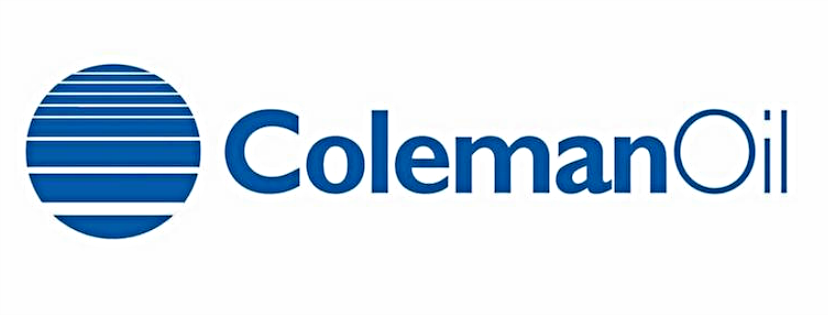Did you know that particle contamination is the number one cause of lubricant-related equipment and hydraulic system failure? Most of these pesky particles, such as dirt, wear metal, silicate, and water, are not visible to the naked eye. Even fresh fluid lubricants are subject to contamination. Each time that a lubricant is handled, shipped, pumped, poured, and transferred, there are plenty of opportunities for particles to creep into your oil.
We Have Your Solution.
ISOCLEAN® is a new and innovative fluid cleanliness certification program to help customers dramatically reduce contamination in lubricants. Before ISOCLEAN® lubricants are delivered, an ISOCLEAN® Certified Lubricant employee processes, tests, and certifies each batch they sell. After all is complete, the customer receives a certificate that shows the oil has been cleaned and up to code.
Oil Can Get Contaminated Before It Reaches Your Equipment.
As lubricants are transported, pumped, transferred and delivered there’s opportunity at every step of the way for contamination to seep in. Once lubricants are onsite, contamination sources can include breather vents, fill openings, oil containers, hoses and the equipment itself.
ISOCLEAN® Certified Lubricants offer consistent quality to help you maintain a clean system.
- Increased component life
- Improved machinery reliability
- Reduced disposal costs
- Reduced maintenance & service time
- Increased uptime
- Lower component inventory
- Improved product quality
- Improved safety
Lubricant Contamination Shortens Component Life.
The International Organization for Standardization (ISO) has a system to quantify particulate contamination levels in a set volume of fluid called an ISO Cleanliness Code. For example, at an ISO Cleanliness Code of 21/18, more than 6,800 pounds of dirt will pass through a 50 gallons per minute hydraulic pump that’s working eight hours per day, 230 days per year. Cleaning the fluid to an ISO Cleanliness of 16/13 in this case would increase the projected pump life up to four times.
more about the cost of contamination
A sand and gravel hauler using hydraulic systems on end dump trailers is replacing four pumps per year at a cost of $9,600 for parts and oil, labor and lost revenue. By changing to ISO Cleanliness Code of the hydraulic fluid from 22/19 to 19/16, the hydraulic pump life doubles.
A company operating four 23 cubic yard mining hydraulic shovels spends $600,000 annually on hydraulic maintenance but is sacrificing roughly four times the equipment life by not adhering to the most effective ISO Cleanliness Code. Conservatively, cleaning the lubricant to the OEM recommended ISO Cleanliness Code level would yield a 20% to 25% annual savings in hydraulic system maintenance cost, or between $120,000 and $150,000 per year.
An industrial gearbox at a cement plant costs $3 million and has a life expectancy of 10 years but contamination in its lubricant cut that life in half. Based on lost revenue of $30,000 per day and 90 days to make repairs, the cost of those failures is $2.7 million. Maintaining OEM recommended ISO Cleanliness Code levels would cost $60,000 per year, or $600,000 over 10 years, generating $2.1 million in savings.
Understanding ISO Cleanliness Codes.
The International Organization for Standardization (ISO) developed a cleanliness code to measure contamination levels per milliliter of fluid at three sizes: 4 microns, 6 microns and 14 microns. Each number represents a contaminant level code for the correlating particle size including all particles of the specified size and larger.
It is written as XX/YY/ZZ where:
XX = total number of particles ≥ 4 μm
YY = total number of particles ≥ 6 μm
ZZ = total number of particles ≥ 14 μm
In this example, the particles measured at the given micron levels are assigned a code based on where the value falls in the table. For this example, the ISO code would be 20/17/13.
Some programs or equipment guides may report under the old two-number system. In this case, simply drop the first number: */17/13.
Introducing the Four Step Plan.
The process is easy and in just a few simple steps, you can be on your way to increasing component life, improving machinery reliability, reducing disposal costs, increasing uptime, and improving product quality.








